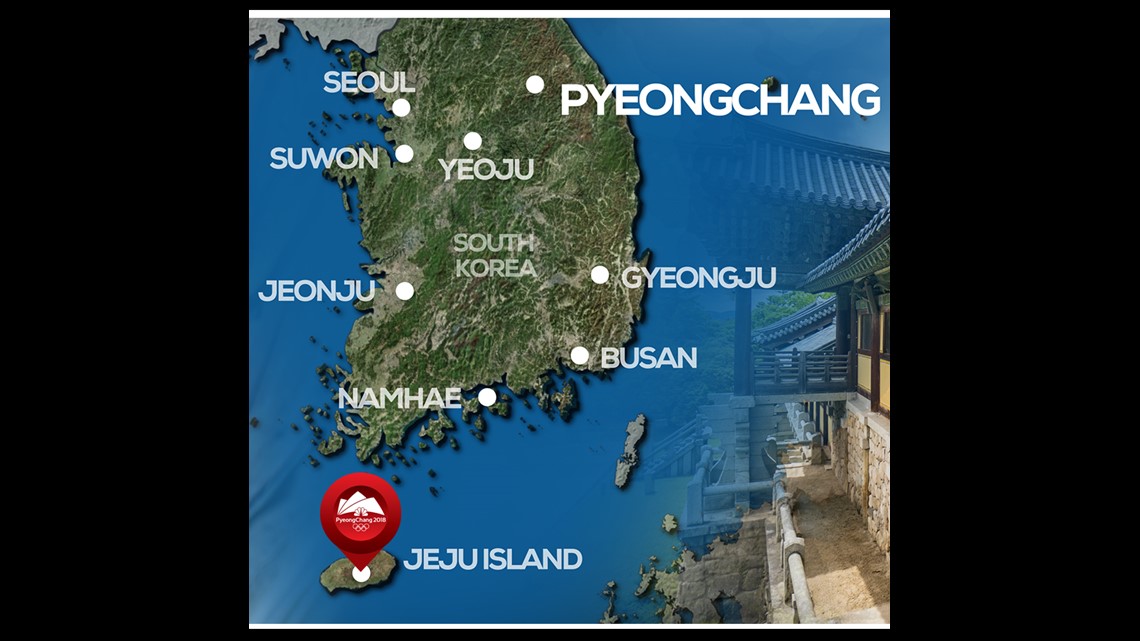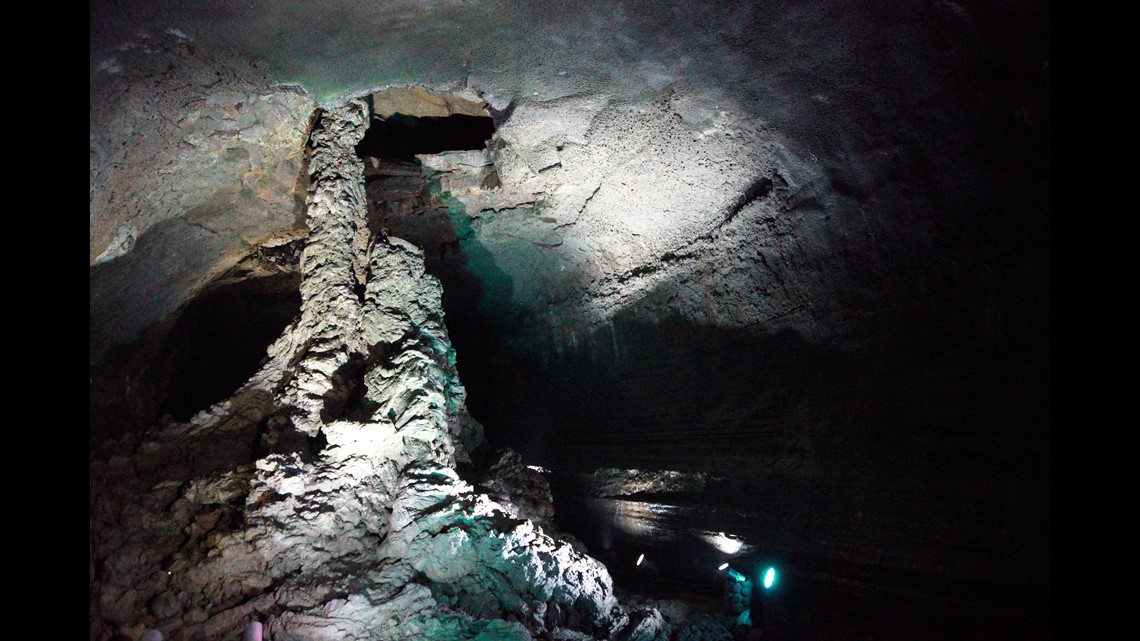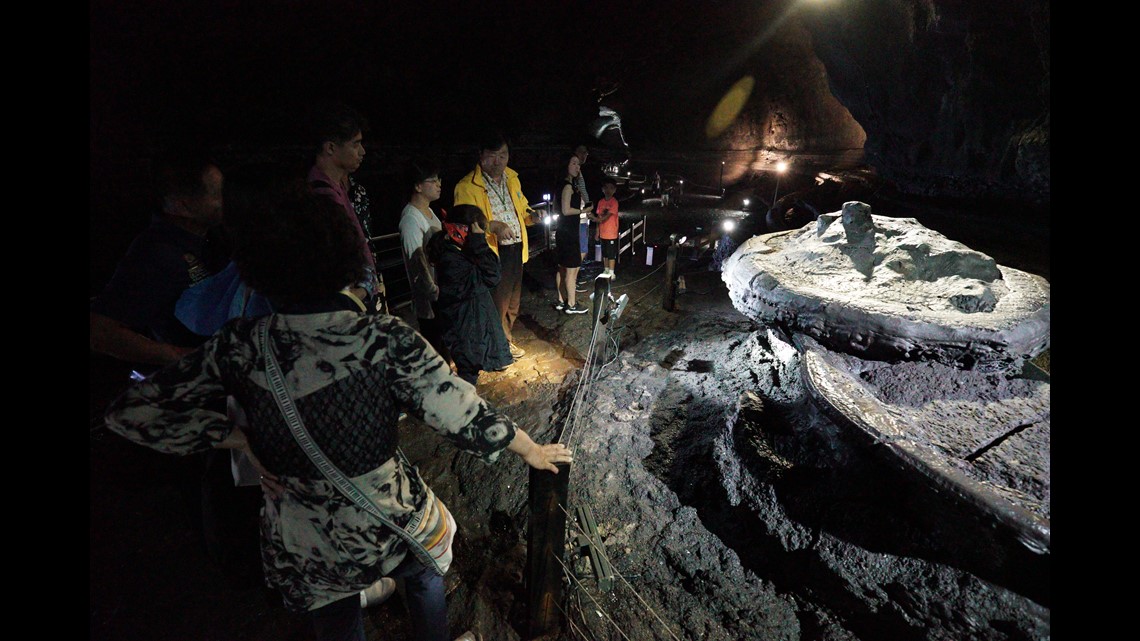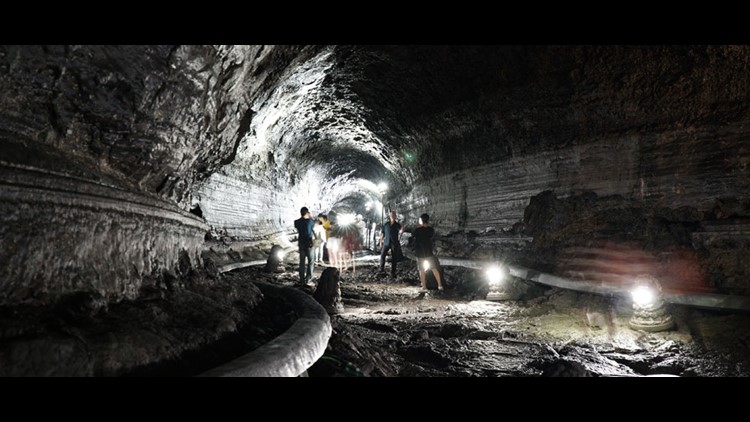JEJU, South Korea (WTHR) - Lava tubes are one of the most popular attractions on South Korea's biggest island.


"We've found more than 200 lava tubes in Jeju Island," said tour guide Ha Sun Jun.
"This is one of the biggest and longest caves in the world. It has multiple levels," said Jun. "The widest point of this cave is so wide, five or six buses could drive through."
The Geomunoreum volcanic cone is the origin of the tube system with the summit reaching 456 meters (1,500 feet) above sea level.
"Geologically, it's a very unique cave in the world," said Jun. "That's why it's protected by UNESCO [the United Nations Educational Scientific and Cultural Organization]. That's why it's so rewarding for me."
The Yongehendonggui lava tube is 3.4 kilometers (2.11 miles) long with a spectacular display of stalactite, stalagmite and cave pearl.
"The reason this cave has stalactites and stalagmites is the cave is next to the ocean where a lot of sand is located," said Jun.


The tube was accidentally discovered during an electric power pole replacement. There is a large lake that is 800 meters (one half mile) long.
"This lake is found very close to the coastline," said Jun. "The water is fresh water and sea water. The lava would spew out from the volcanic mountain to the coastline. At first, it was open to the ocean. As time goes on, because of the sand and tide, it became blocked."
Tour guides describe why the cave is formed with stalactites and stalagmites.
"The sand in Jeju is made out of seashell from abalone and clams," said Jun. "The sand contains a lot of calcium. On top of this cave, there's a lot of sand. For a long time after the rain and snow, water is coming through the cracks in the two caves. The calcium then permeates in the cave."
The Dangcheomuldonggul tube was discovered in 1994 by a farmer who was leveling his field. The Gimnyeonggul lava tube is known as the "snake cave" because of its single corridor.
Tour guides enjoy coming to work and leading groups through the lava tubes.


"I love to come to here every day. I like to share my knowledge with people. It's a very exciting job," said Jun.



